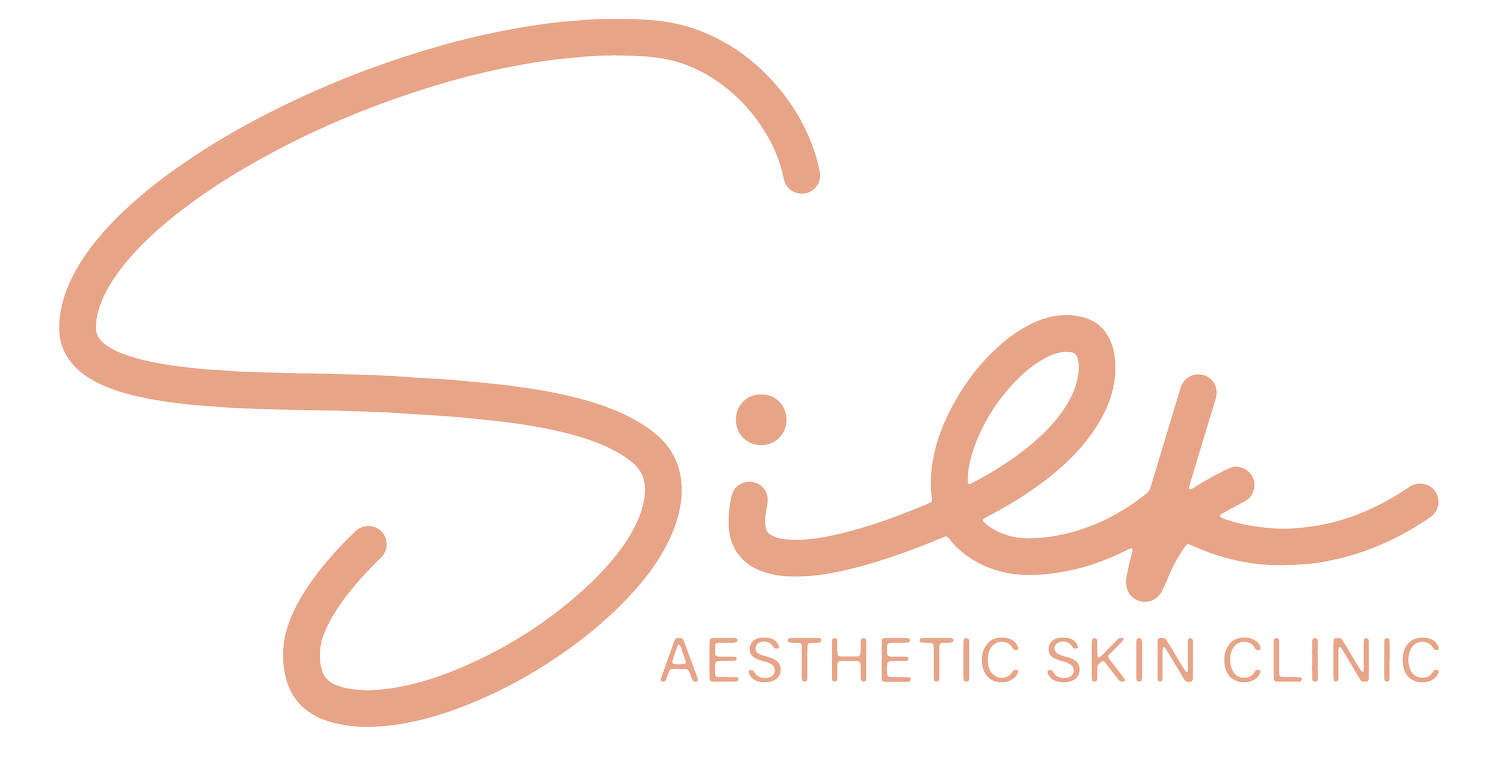Skin Resurfacing
At Silk Aesthetic Skin Clinic, we use Lutronic's Clarity II™ for skin resurfacing. It removes damaged skin layers, boosts collagen, and reduces fine lines, wrinkles, scars, and hyperpigmentation, resulting in smoother, more youthful skin.
What is Skin Resurfacing?
Skin resurfacing improves skin texture and appearance by removing damaged layers and stimulating new cell growth, reducing wrinkles, lines, spots, scars, and sun damage for smoother, youthful skin using techniques like lasers, peels, and dermabrasion.
Benefits of Skin Resurfacing:
Improved Skin Texture: It helps in smoothing out rough skin texture and reducing the appearance of wrinkles and fine lines.
Even Skin Tone: It can diminish pigmentation irregularities, such as sunspots, age spots, and freckles, leading to a more even skin tone.
Scar Reduction: It can effectively minimize the appearance of acne scars, surgical scars, and other types of scars on the skin.
Stimulated Collagen Production: Many resurfacing techniques stimulate collagen production, which enhances skin elasticity and firmness.
Youthful Appearance: By promoting new skin cell growth, skin resurfacing can give the skin a rejuvenated and youthful appearance.
Customizable Treatments: Different resurfacing methods allow for tailored treatments based on individual skin types, concerns, and desired outcomes.
-
Pre-care before undergoing skin resurfacing treatments is crucial to prepare the skin, minimize potential risks, and optimize results. Here are some pre-care recommendations commonly advised before undergoing skin resurfacing procedures:
Consultation: Discuss your medical history, current medications, and allergies.
Sun Protection: Avoid direct sun exposure and use sunscreen regularly.
Medications: Inform us about medications that could affect the treatment.
Skincare: Use gentle cleansers and moisturizers.
Avoid Irritants: Stop using skincare products with harsh ingredients (retinoids, AHAs, BHAs) one week before treatment.
Hydrate: Drink plenty of water to keep your skin hydrated.
Lifestyle: Avoid smoking and excess alcohol.
Following these steps helps prepare your skin for Skin Resurfacing treatment and ensures safer and more effective results.
-
Post-care after skin resurfacing is crucial for proper healing and to achieve optimal results. Here's a concise guide:
Sun Protection: Avoid direct sun exposure and use sunscreen regularly.
Moisturize: Keep skin hydrated with a gentle moisturizer.
Avoid Irritants: Steer clear of makeup and skincare products that may irritate healing skin.
Protect Skin: Do not pick or scratch the treated area. Use a gentle barrier cream if needed and follow your provider's instructions.
Hydration: Drink plenty of water to aid in skin recovery and hydration.
Follow-up Appointments: Attend follow-up appointments to monitor healing and address any issues.
Be Patient: Allow time for healing. Redness, swelling, dryness, or peeling is normal and should subside within days to weeks.
Frequently asked questions (FAQs)
-
Skin resurfacing refers to cosmetic procedures or treatments aimed at improving skin texture, tone, and appearance by removing damaged outer layers of skin and stimulating collagen production.
-
Skin resurfacing can address a variety of skin concerns, including fine lines, wrinkles, acne scars, uneven pigmentation, sun damage, enlarged pores, and rough texture.
-
There are several methods of skin resurfacing, including chemical peels, laser resurfacing, microdermabrasion, dermabrasion, microneedling, and radiofrequency (RF) microneedling. Each method utilizes different techniques and technologies to achieve skin rejuvenation.
-
The specific mechanism of action depends on the method used. For example, chemical peels use chemical solutions to exfoliate the skin, while laser resurfacing uses laser energy to remove damaged skin cells. Regardless of the method, skin resurfacing stimulates collagen production, leading to smoother, firmer, and more youthful-looking skin.
-
Skin resurfacing may not be suitable for all skin types, particularly those with active infections, inflammatory skin conditions, or certain medical conditions. It is essential to consult with a qualified skincare professional to determine the most appropriate treatment option based on individual skin type and concerns.
-
The treatment process varies depending on the method used and individual factors. Generally, the treatment area is cleansed, and a topical numbing cream may be applied to minimize discomfort. The skincare professional then performs the resurfacing treatment using the chosen method, followed by post-care instructions.
-
Common side effects of skin resurfacing may include redness, swelling, itching, dryness, peeling, and temporary changes in skin pigmentation. These side effects are usually temporary and subside within a few days to weeks after the treatment.
-
The number of treatments needed varies depending on individual skin concerns, treatment method, and desired outcomes. Some people may see noticeable results after a single treatment, while others may require multiple treatments spaced several weeks apart to achieve optimal results.
-
Downtime depends on the method used and individual factors. Some treatments may have minimal downtime, while others may require several days to weeks for the skin to heal fully. It is essential to follow post-care instructions provided by your skincare professional to minimize downtime and promote proper healing.
-
Good candidates for skin resurfacing are generally in good overall health, have realistic expectations about the results, and have specific skin concerns that can be addressed with the treatment. It is essential to consult with a qualified skincare professional to determine candidacy and develop a personalized treatment plan.


